DJI’s Mavic 4 Pro Promo Shows Drone Footage from Prohibited National Parks and Tribal Lands
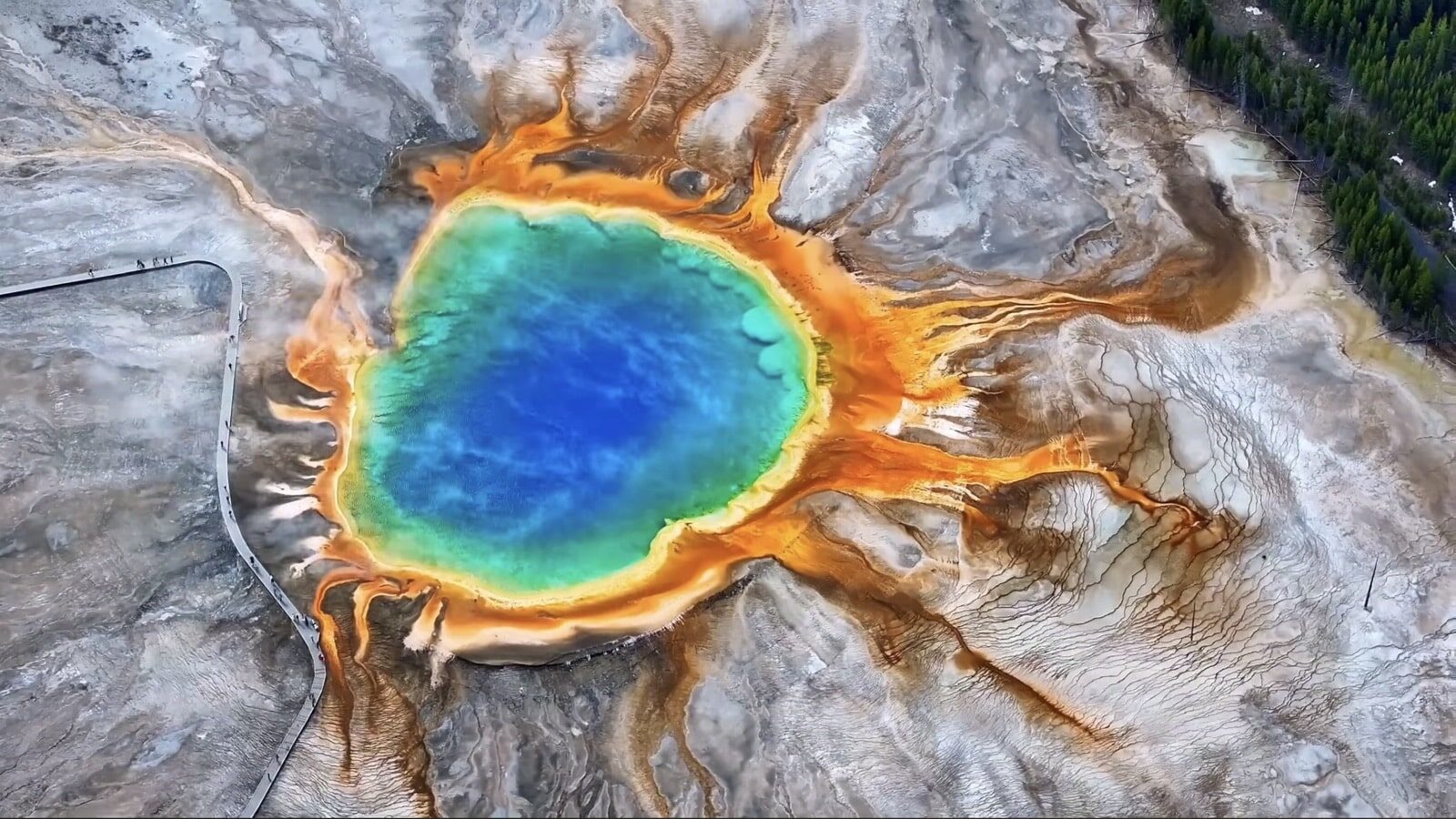
Amazon Drone Deals: DJI Mini 5 Pro Fly More Combo with DJI RC2 now for $1,099!
DJI just posted a promotional video showcasing its new Mavic 4 Pro capturing stunning landscapes across the American West—including drone footage from multiple locations where recreational and commercial drone flights are strictly prohibited or severely restricted. The video features imagery from national parks and Navajo tribal lands where drone operations have been banned for over a decade, raising immediate questions about permits, transparency, and the message being sent to millions of drone pilots.
UPDATE: DJI QUIETLY PULLS MAVIC 4 PRO NATIONAL PARKS VIDEO AFTER LEGALITY QUESTIONS
UPDATE October, 21st, 2025 from a DJI spokesperson:
“We thank the drone community for bringing this to our attention. DJI places the highest priority on compliance to local rules and regulations, and are currently investigating the situation internally. The video – which was produced by an independent creator and not commissioned by DJI – has been removed for now.”
The implications go beyond a single marketing video. When the world’s largest drone manufacturer showcases footage from restricted areas without disclosing permit status, it risks normalizing illegal flights and undermining years of advocacy for responsible drone use in sensitive locations.
Restricted Locations Featured in DJI’s Video
The four-minute promotional video titled “The West Awaits—Epic Road-trip Journey Captured with 100MP Mavic 4 Pro” includes aerial footage from at least five locations with strict drone restrictions. Monument Valley Navajo Tribal Park appears prominently, despite the Navajo Nation explicitly stating that “Drones are Prohibited at all Navajo Tribal Park locations.” The policy allows no exceptions for recreational or standard commercial use.
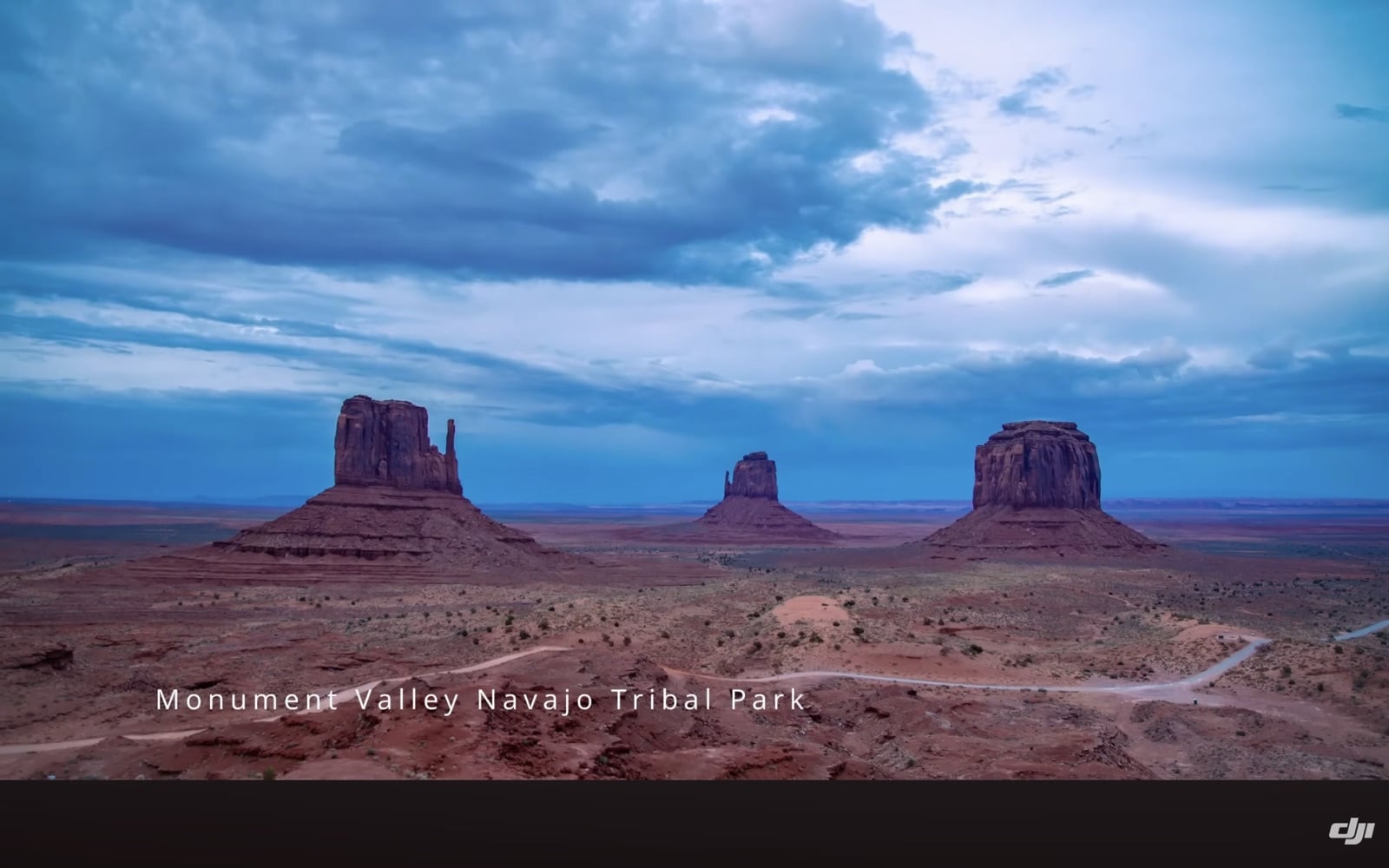
Death Valley National Park’s distinctive badlands also feature in the video, along with what appears to be Yellowstone’s Grand Prismatic Spring. Both fall under the National Park Service’s blanket drone ban, established in 2014 through Policy Memorandum 14-05. The Golden Gate Bridge makes an appearance as well—the bridge sits within Golden Gate National Recreation Area, another NPS property where drone operations are prohibited.

Ship Rock in New Mexico, a sacred formation to the Navajo people, also appears in the promotional footage. While technically requiring a permit from the Navajo Nation Film Office rather than being completely banned, accessing this location for drone filming demands advance authorization that few recreational pilots could obtain.
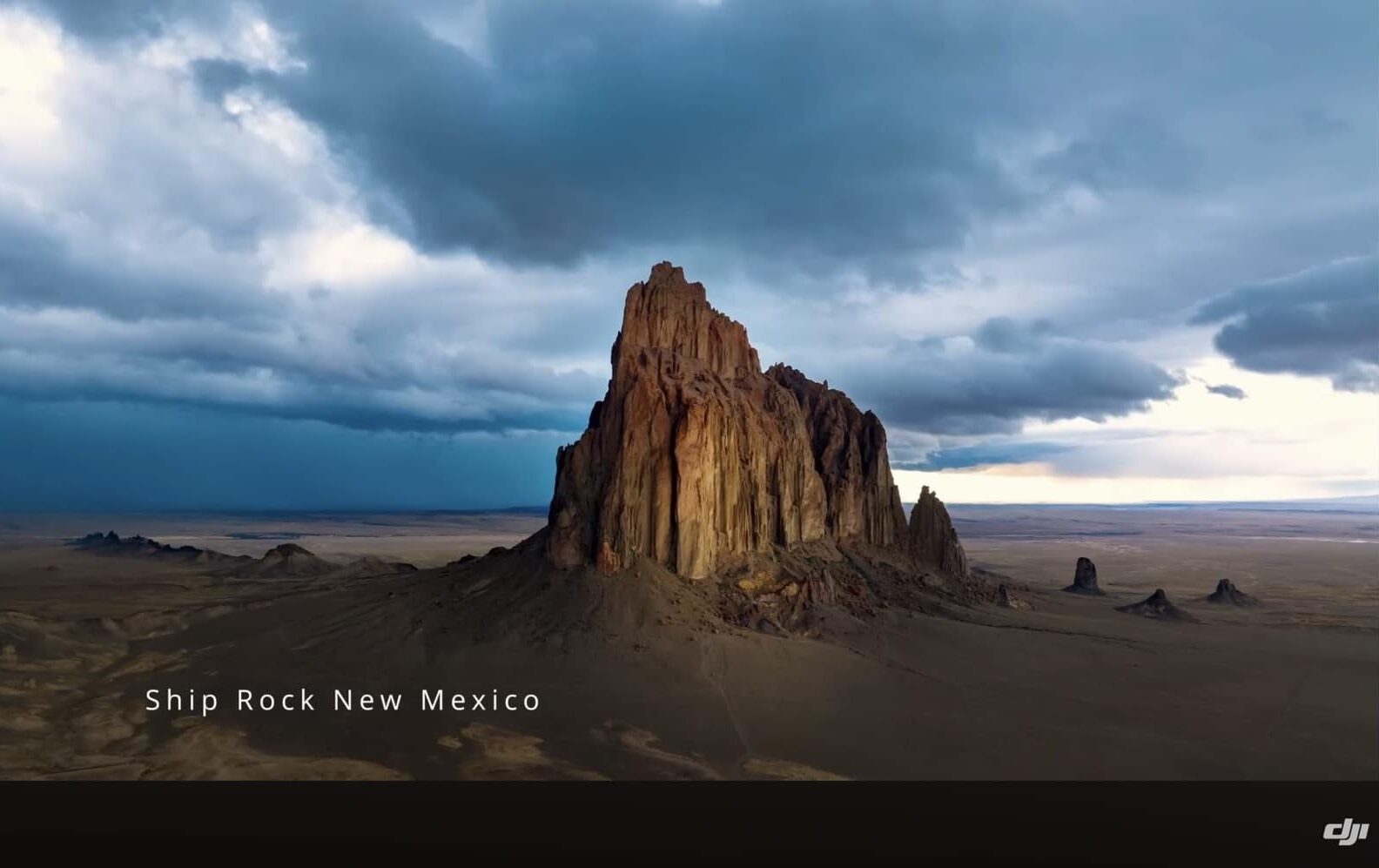
Perhaps most notably, the video features extensive aerial footage of Grand Canyon National Park, including dramatic rim shots and canyon vistas that are unmistakably captured from airborne perspectives. The Grand Canyon represents one of the NPS’s most heavily visited parks, welcoming over 4.7 million visitors annually, and has maintained strict drone restrictions since the 2014 ban.
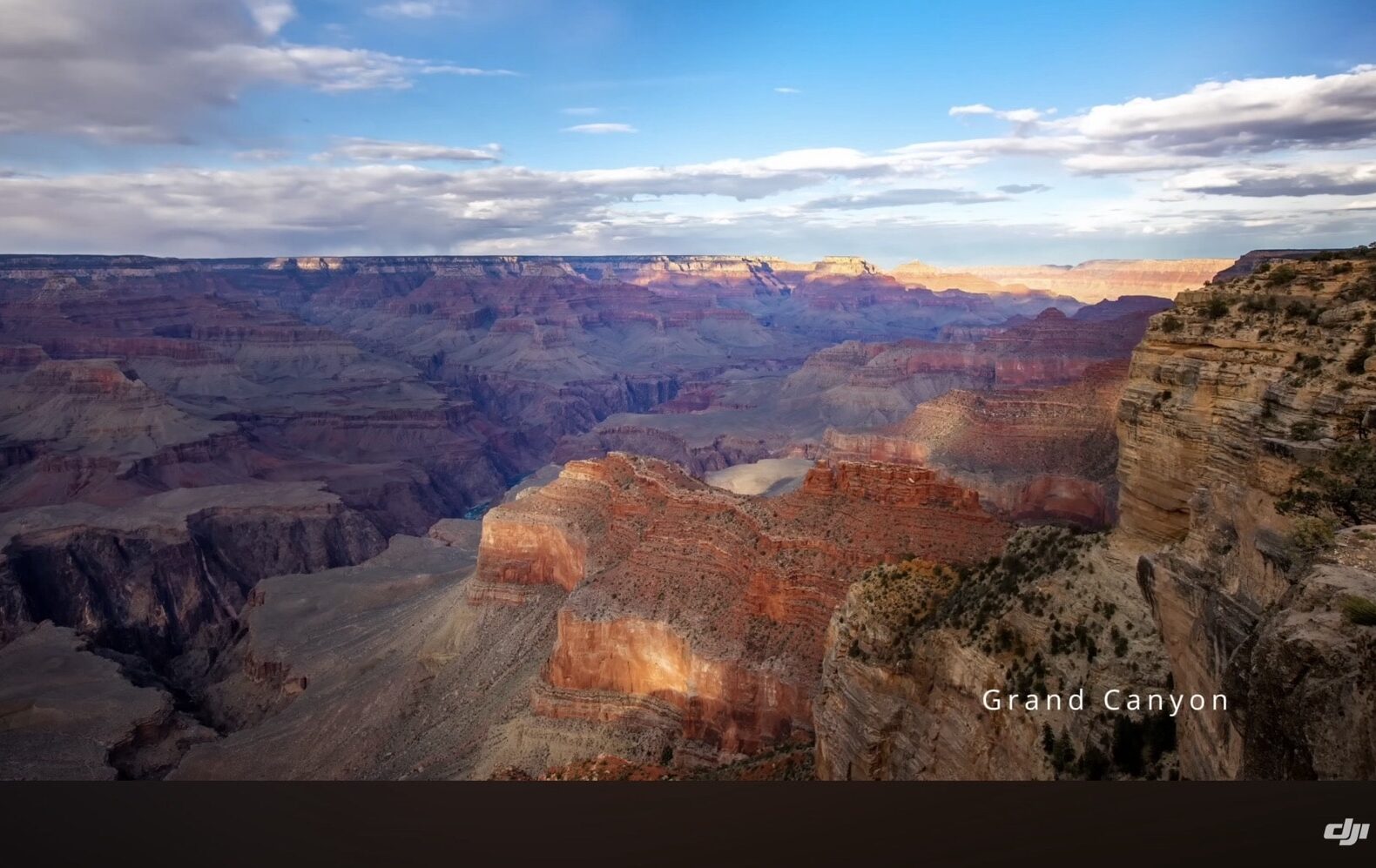
The park has dealt with numerous illegal drone incidents over the years, including a 2020 case where rangers issued citations and seized drones after finding operators once or twice weekly. The inclusion of Grand Canyon footage in DJI’s promotional material is particularly significant given the park’s status as perhaps America’s most recognizable natural wonder.

The Regulatory Reality for Drone Pilots
The locations featured aren’t obscure backcountry sites with ambiguous rules. These are some of America’s most iconic landscapes, protected by clear and well-publicized regulations. Violating the NPS drone ban carries penalties up to $5,000 in fines and six months in jail. The regulations explicitly prohibit launching, landing, or operating drones within park boundaries.

The Navajo Nation takes enforcement seriously as well. Monument Valley’s entrance information warns that “DRONES are Prohibited on the Navajo Nation” and notes that “Failure to have a permit is considered Trespassing on a Federal Indian Reservation.” These aren’t technicalities—they’re fundamental protections for wildlife, visitor experiences, and in the case of tribal lands, sacred cultural sites.

Even the recent FILM Act, signed into law in January 2025 and covered by DroneXL, explicitly maintained existing drone restrictions despite easing other filming requirements. The law’s language makes clear that drone bans remain “absolute, final and unconditional” in NPS-managed areas.
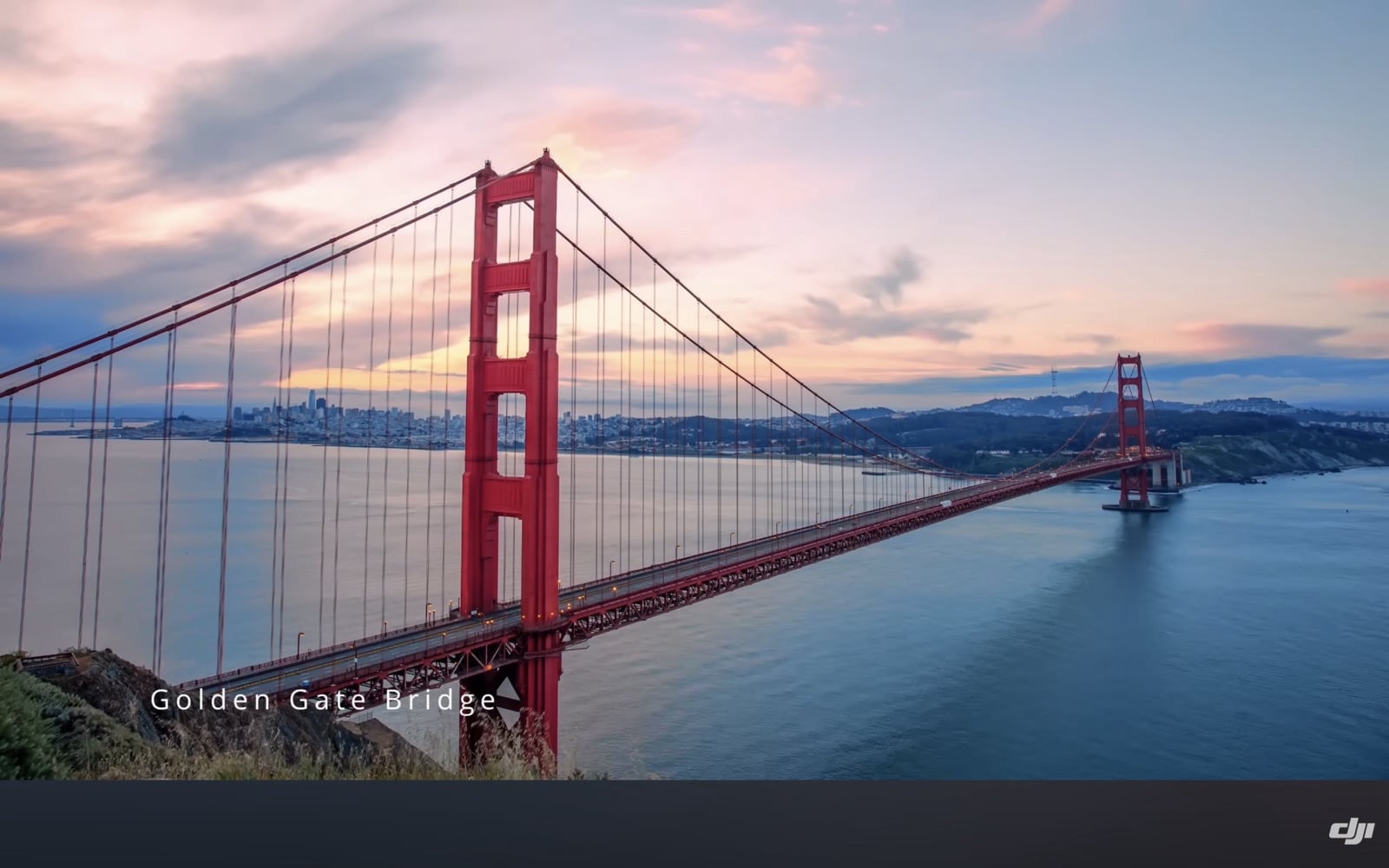
The Permit Question Nobody’s Answering
DJI’s video description mentions the Mavic 4 Pro’s technical capabilities and includes links to purchase the drone, but says nothing about how the footage was legally obtained. This silence leaves three possibilities, none of them good for the drone community.
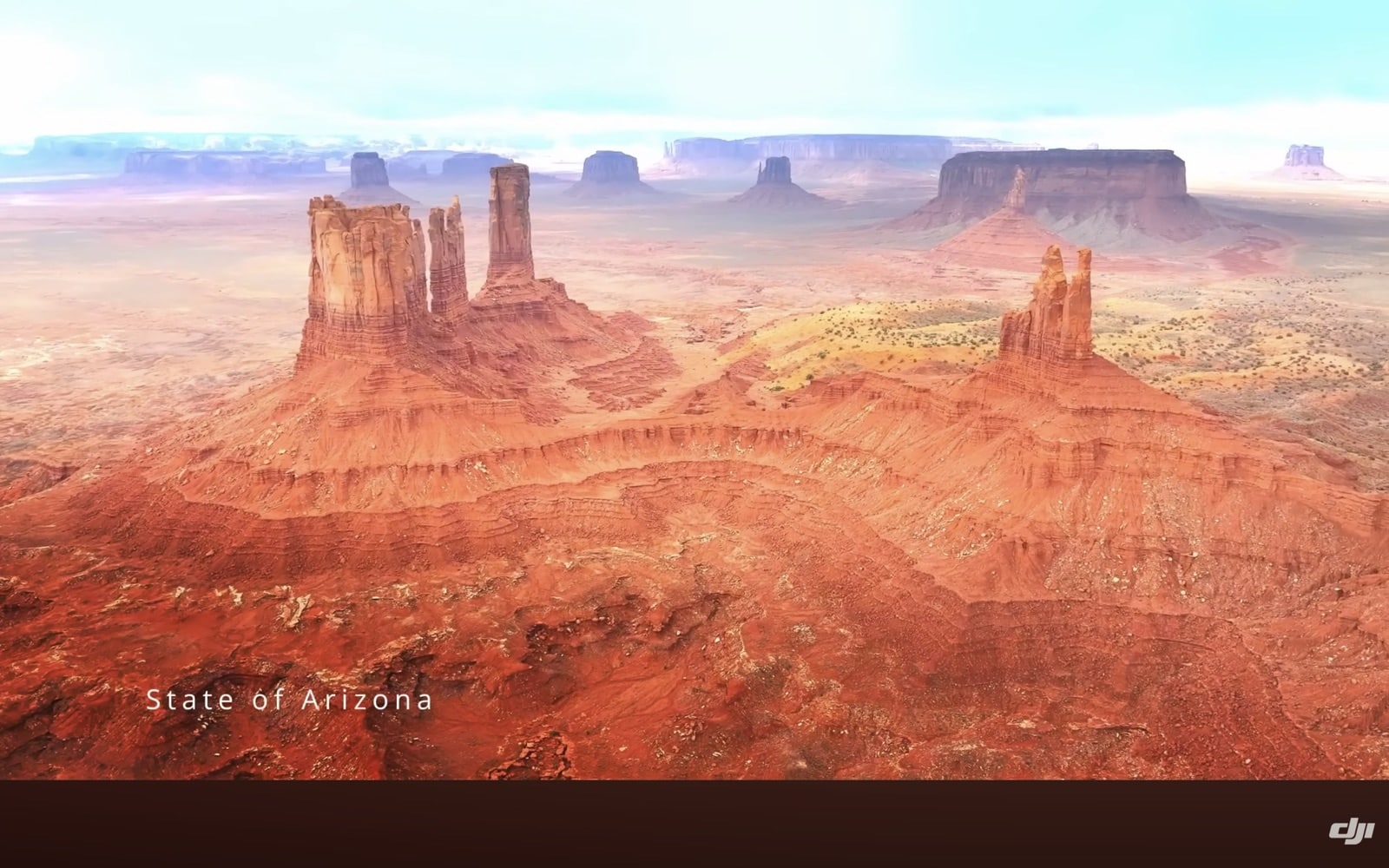
First, DJI may have secured Special Use Permits (SUPs) from the NPS and equivalent authorizations from the Navajo Nation. These permits are notoriously difficult to obtain and typically reserved for scientific research, search and rescue operations, or official park business. If DJI did secure such permits—a significant achievement—why not mention it? Transparency about the permitting process would actually strengthen their marketing message while educating customers about proper procedures.
Second, the footage might have been captured before recent restrictions or using alternative methods like helicopters, then misleadingly presented as drone footage. However, the video explicitly states the content was “Captured with 100MP Mavic 4 Pro” and shows typical drone movement characteristics including the jerky panning several commenters noted.
The third possibility is the most troubling: that DJI’s filmmakers Malu and Daryswalker, like many drone operators before them, simply flew in restricted areas and hoped not to get caught. Given that park rangers report finding illegal drone operators once or twice per week at popular sites like the Golden Gate Bridge, this wouldn’t be unprecedented—but it would be indefensible coming from an industry leader.
Community Response and Industry Impact
Comments on the video reflect the confusion DJI’s silence has created. One viewer asked directly: “It is beautiful, but how was he able to film in a National Park?” Another noted: “Beautiful photography of these stunning landscapes. How difficult was it to get permits to fly in those National and Tribal Park locations?”
The technical quality has also drawn criticism. Multiple commenters pointed out jerky panning movements and questioned the frame rate and shutter speed combinations used. “Beautiful shots, little oversaturated in color. The question I have is why the panning shots when it plays back the movement is jerky?” one viewer wrote. For a flagship promotional video showcasing a 100-megapixel camera system, these technical shortcomings seem at odds with DJI’s usual production standards.

The broader concern is precedent. When DJI—a company that has worked to improve its reputation with U.S. authorities and advocates for responsible drone use—appears to showcase footage from prohibited areas without explanation, it sends a message to customers that these restrictions don’t apply. Millions of drone pilots see these promotional materials, and many will attempt to recreate similar shots in the same locations.
DroneXL’s Take
We’ve covered the national parks drone debate extensively, including the recent FILM Act that maintained these restrictions despite easing other filming requirements. The regulations exist for legitimate reasons: protecting wildlife from disturbance, preserving the natural soundscape visitors expect, respecting tribal sovereignty over sacred lands, and preventing the kind of accidents that have occurred when drones crash into geysers or separate bighorn sheep from their young.
But this situation highlights a persistent problem in drone marketing. Manufacturers regularly showcase breathtaking footage from iconic locations while remaining conspicuously silent about how that footage was legally obtained. This creates an aspirational gap—customers buy expensive drones expecting to capture similar imagery, only to discover that the best locations are off-limits.
DJI has an opportunity here to set a better standard. A simple addition to the video description explaining permit status—whether they obtained SUPs, filmed from adjacent legal areas, or used alternative capture methods—would transform this from a potential problem into an educational moment. Instead, the silence forces the community to speculate and wonder whether the industry’s largest player is playing by different rules.
The technical issues in the footage raise additional questions about production standards. Jerky panning and apparent exposure problems in what should be a flagship promotional piece suggest either rushed production or unfamiliarity with optimal settings. For a camera system DJI is positioning as professional-grade, these shortcomings undermine the marketing message.
The timing is particularly unfortunate given ongoing regulatory discussions about DJI’s future in the U.S. market. Appearing to disregard or circumvent clearly established rules—even in marketing materials—doesn’t help the company’s case with policymakers or the advocacy community working to ensure reasonable regulations for all drone pilots.
What do you think? Share your thoughts in the comments below.
Discover more from DroneXL.co
Subscribe to get the latest posts sent to your email.
Check out our Classic Line of T-Shirts, Polos, Hoodies and more in our new store today!

MAKE YOUR VOICE HEARD
Proposed legislation threatens your ability to use drones for fun, work, and safety. The Drone Advocacy Alliance is fighting to ensure your voice is heard in these critical policy discussions.Join us and tell your elected officials to protect your right to fly.
Get your Part 107 Certificate
Pass the Part 107 test and take to the skies with the Pilot Institute. We have helped thousands of people become airplane and commercial drone pilots. Our courses are designed by industry experts to help you pass FAA tests and achieve your dreams.

Copyright © DroneXL.co 2025. All rights reserved. The content, images, and intellectual property on this website are protected by copyright law. Reproduction or distribution of any material without prior written permission from DroneXL.co is strictly prohibited. For permissions and inquiries, please contact us first. DroneXL.co is a proud partner of the Drone Advocacy Alliance. Be sure to check out DroneXL's sister site, EVXL.co, for all the latest news on electric vehicles.
FTC: DroneXL.co is an Amazon Associate and uses affiliate links that can generate income from qualifying purchases. We do not sell, share, rent out, or spam your email.





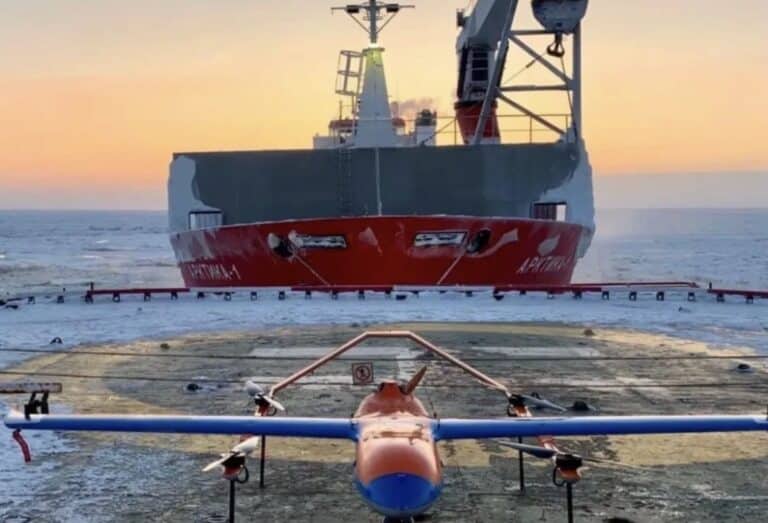

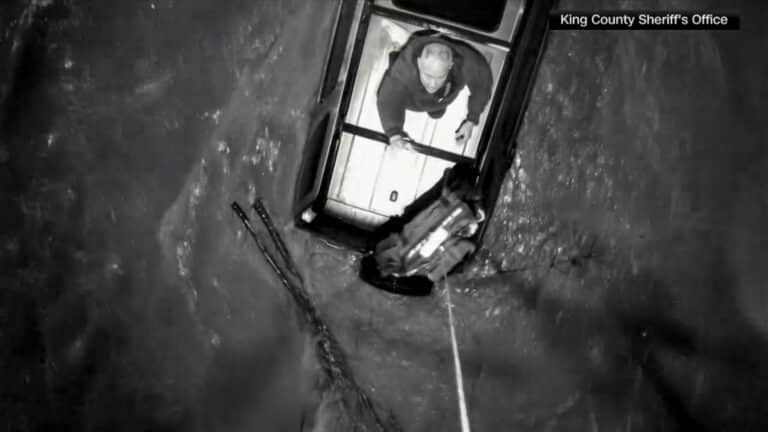
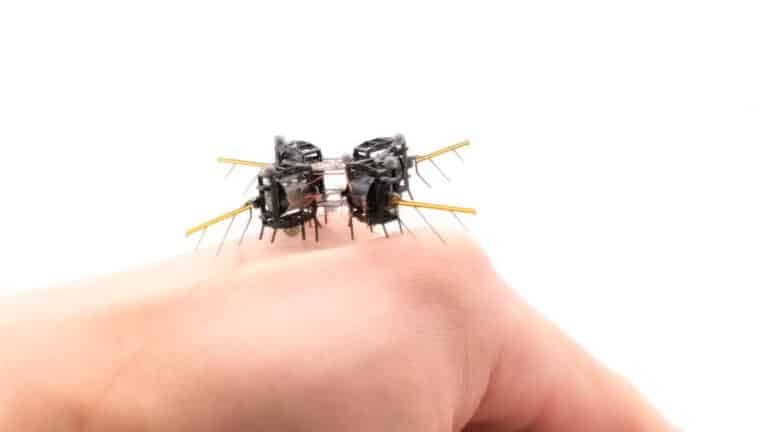

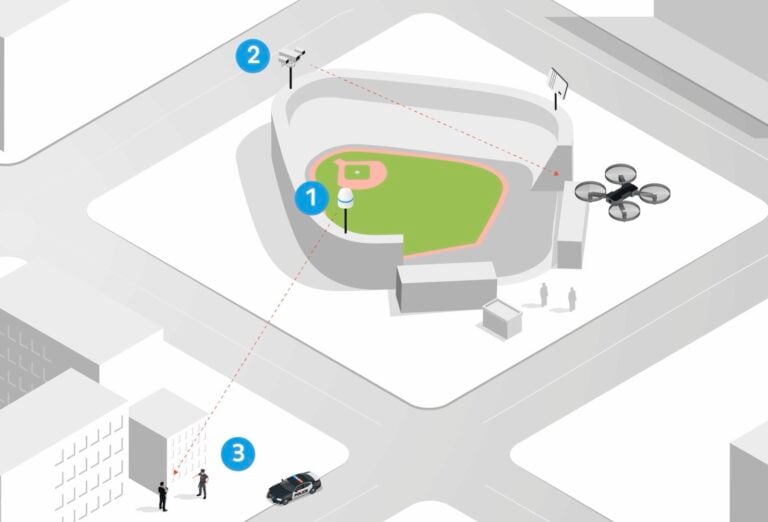
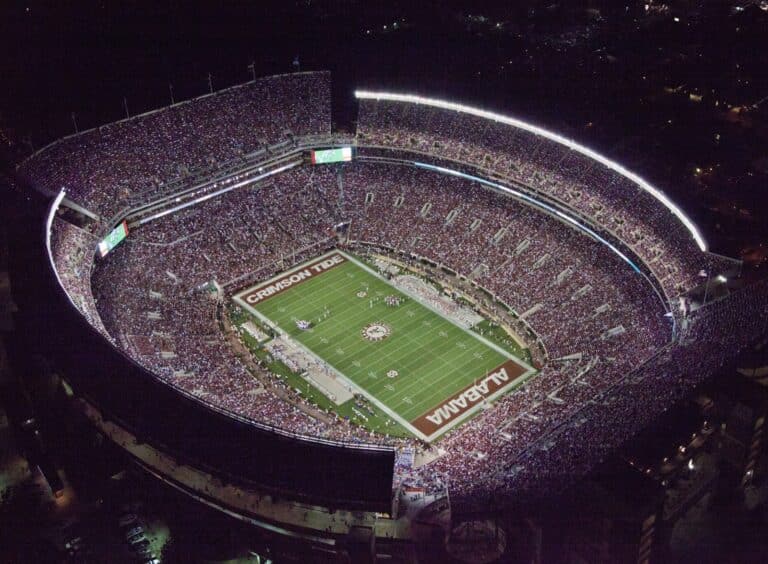
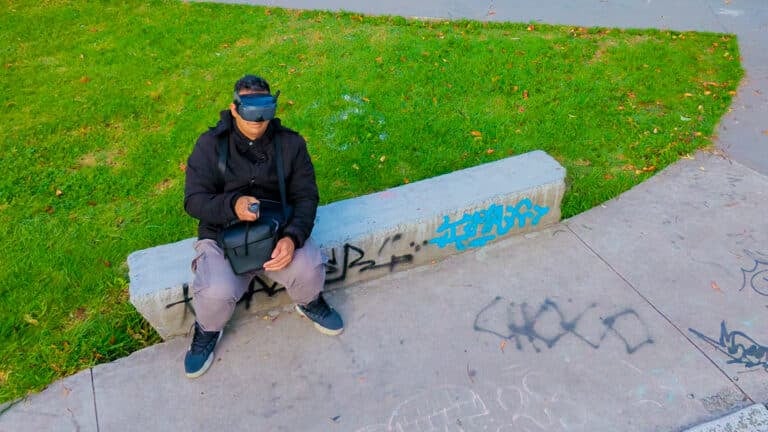
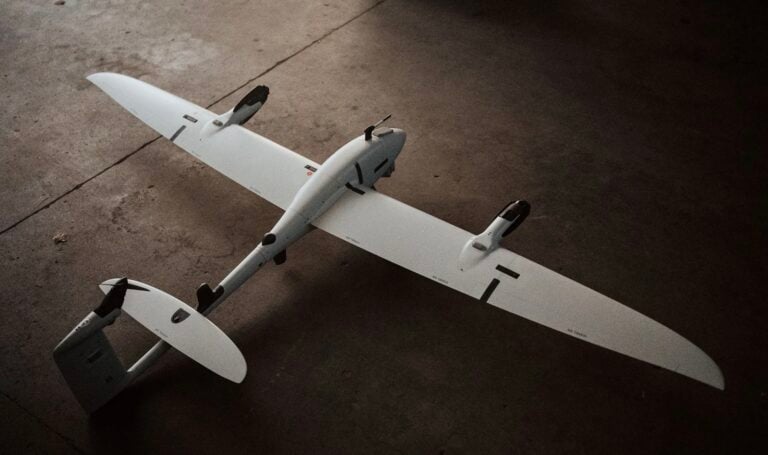
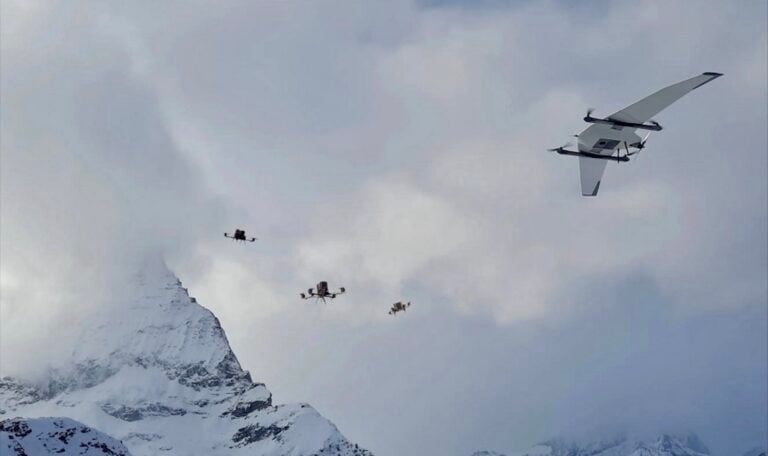
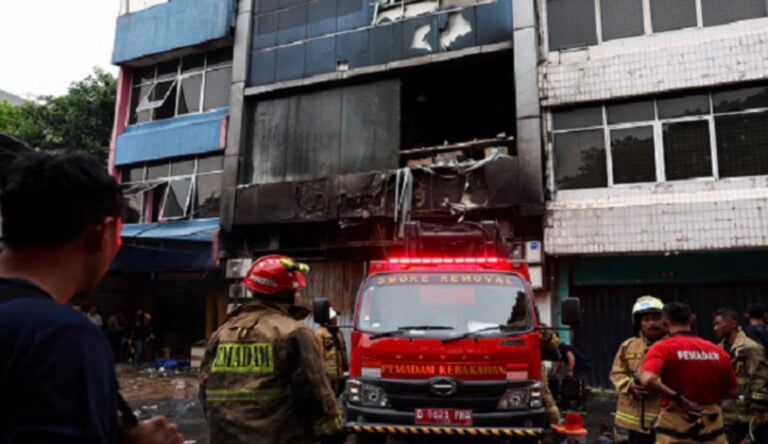
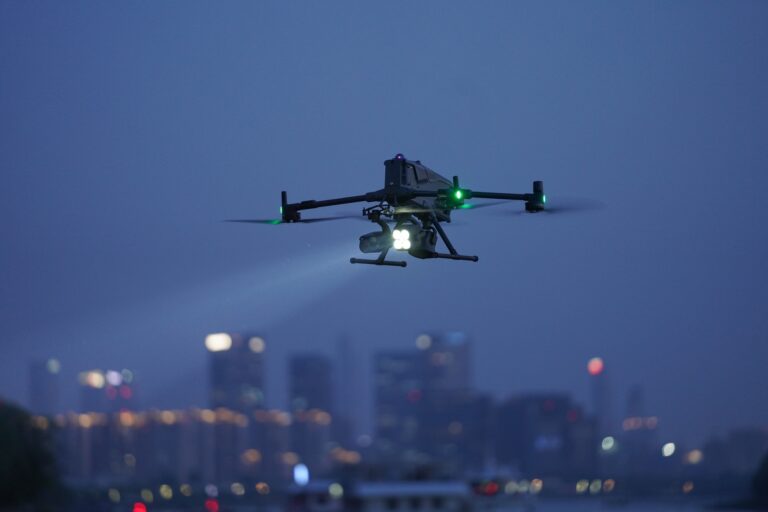
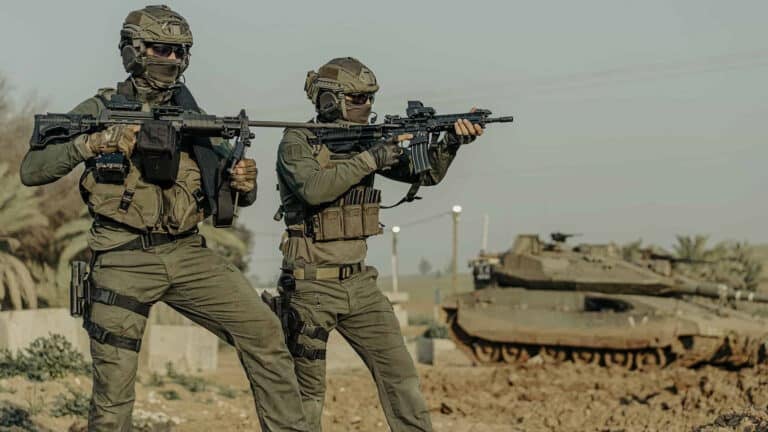

This is no surprise.
I have seen many DJI drone photos taken in Canadian national parks when it is illegal without the express written consent of the superintendant and I DOUBT that any or the majority have that.
As always it is a few bad actors that ruin it for the rest of us.
Am I surprised that these are official DJI images and videos?
Very much so and disappointed.
Screw the Engines. They’re lucky we let them still live here after conquering them and making this a civilized land and nation. Get over a few drones flying around.
I thought that you can fly the drone over national parks , as long as you’re not inside the national park ! I could be wrong on that .
I know for sure that you can get a permit from the park superintendent to fly the drone though . It is not given to just anyone or for recreational purposes. So DJI might have taken a special permit to do so .
I thought that you can fly the drone over national parks , as long as you’re not inside the national park ! I could be wrong on that .
I know for sure that you can get a permit from the park superintendent to fly the drone though . It is not given to just anyone or for recreational purposes. So DJI might have taken a special permit to do so .
If you are outside of a National Park and take of with your drone, you could technically fly over the park and not break any rules. However, many NPs are so large that there is no way you could be outside of let’s say Yellowstone and fly your drone over the Grand Prismatic Spring. First of all you’d be flying BVLOS, and secondly your drone wouldn’t have the range and flight time to do so. DJI might have gotten permits to fly over these parks. I think DJI should have made that clear in the video or comments at least.
Why are there a bunch of attractive pics with this article? Are they supposed to discourage illegal drone use?
Seems like a huge overreaction. Even if they didn’t get permits, the harm is negligible or non-existent. Yes, drones have been used to disturb wildlife or endanger people/nature, but that happening here? No, the drone is flying a couple hundred feet in the air taking beautiful videography. Some regulations are only around because some moron had to ruin it for everyone else–just be careful when you fly and you won’t have any issues…
What if you handhold a drone to shoot on a helicopter?
To me, this is DJI’s middle finger to the US as they walk out the door.
It falls perfectly in line with the current situation in the us. If the adminstration behaves lawless, why should every one else bother following the rules?
What can US do? Ban DJI twice lmao
Another possibility is they used helicopters with the Mavic 4 Pro’s rigged on them to capture the images. Even Drone XL is jumping to conclusions before knowing all the facts. Already enough strife around DJI, give them a chance before you post your 3 “Not good” judgments.
Yeah, I’m not real keen on hit pieces that make accusations without proof, then demand proof from the accused.
Every time you watch a movie, do you demand to see all the permits that were required for all the shooting locations?
DJI has been fighting for a thorough investigation of their company. Literally begging the U.S. government to do a thorough, FULL, inspection. There’s a reason Trumpstein’s administration won’t. Because DJI is winning, and they don’t like anyone winning but them.
Is the footage questionable? No. You assumed the worst, I’ll assume the best based on what I have seen from DJI thus far. And it hasn’t been skirting laws and hiding from the U.S. government. It’s been, “Here, our doors are open, come look at everything.”
When you have evidence DJI didn’t get permits let me know. Otherwise this is a really pointless waste of internet. It’s not a stretch to believe that a huge drone company obtained permits for these locations.
That’s actually my point. DJI collaborated with independent creators (Malu & Daryswalker in this case) who may or may not have obtained proper permits. Legally, you’re right—DJI didn’t break any laws by not filming it themselves.
However, when a major drone manufacturer amplifies content to thousands of followers showing flights in what we know to be protected areas, they have a responsibility to include disclaimers about permits and regulations. Their silence on this normalizes the idea that anyone can fly drones in national parks, which isn’t true and contributes to the exact problem rangers are dealing with.
Corporate responsibility isn’t just about legal liability—it’s about not using your platform to inadvertently promote behavior that violates regulations.
They took the video down. If they had permits, why would they do that?
Having seen illegal use of drones in Banff National Park Canada, it surprises me not to see one more egregious violation. So so disrespectful.
The gatekeeping pearl clutchers and Trump deranged goofballs need to settle down.
How do we know that these photos were taken illegally? Can’t a professional drone pilot get permission to fly over and photograph these areas? I’m just curious.
Those are near impossible to get.
With no fact in hand this authors condemns the use of drones shooting beautiful areas because others may not properly obtain permits? Let me guess what party you vote for.
Take a guess!
DJI took the video down… I rest my case!
They should ban going to their parks, period. I’ll fly my M4 pro somewhere else.